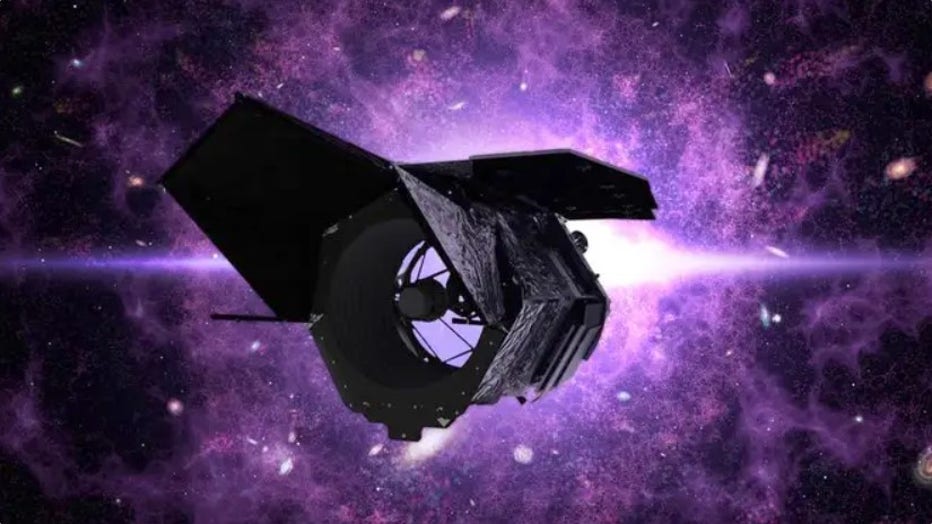New NASA telescope expected to uncover hundreds of Earth-sized rogue planets
Artist concept showing an ice-encrusted, Earth-mass rogue planet (Goddard Space Flight Center / NASA)
GREENBELT, Md. - A study by some of the leading space scientists from NASA and Japan suggests a high-tech telescope, planned to launch in 2027, could identify hundreds of Earth-sized rouge planets floating through the galaxy.
The findings stem from a nine-year survey known as the Microlensing Observations in Astrophysics, and according to researchers, they have already identified at least one planet that is roughly the size of Earth.
"We estimate that our galaxy is home to 20 times more rogue planets than stars – trillions of worlds wandering alone," David Bennett, a senior research scientist at NASA’s Goddard Space Flight Center, said in a statement. "This is the first measurement of the number of rogue planets in the galaxy that is sensitive to planets less massive than Earth."
SEE THE OBJECT HUMANS LEFT BEHIND ON THE MOON
To achieve the discoveries, space experts will use a combination of space and ground-based telescopes to scan the galaxy, looking for light patterns that could indicate the presence of an object.

Illustration of the Nancy Grace Roman Space Telescope (Goddard Space Flight Center / NASA)
"A microlensing signal from a rogue planet can take from a few hours up to about a day, so astronomers will have a chance to do simultaneous observations with Roman and PRIME," Naoki Koshimoto, an assistant professor at Japan's Osaka University, stated.
Previously, scientists estimated that NASA’s Nancy Grace Roman Space Telescope would only spot 50 Earth-sized rogue planets, but the new survey suggests the number could be closer to 400.
NASA DEVELOPS "MOON DUSTER" TO ZAP AWAY LUNAR DUST
"The combination of Roman’s wide view and sharp vision will allow us to study the objects it finds in more detail than we can do using only ground-based telescopes, which is a thrilling prospect," Koshimoto stated.
At last estimate, the telescope is expected to cost about $255 million and will launch from NASA’s Kennedy Space Center in Florida.
Read more of this story from FOX Weather.

